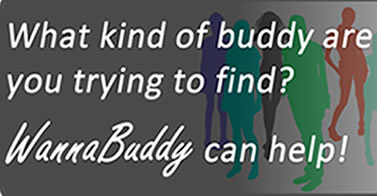
 After 28 scientific research studies, the results are becoming clear. Fatty foods and foods containing high fructose corn syrup affect the brain in much the same way as cocaine. Although the massive packaged food industry disputes these results, medical studies are consistent. These foods trigger the same regions of the brain as addictive drugs.
After 28 scientific research studies, the results are becoming clear. Fatty foods and foods containing high fructose corn syrup affect the brain in much the same way as cocaine. Although the massive packaged food industry disputes these results, medical studies are consistent. These foods trigger the same regions of the brain as addictive drugs.Everyone is aware of the growing obesity epidemic in America. Our fast food culture is literally growing out of its clothing. Anyone who has tried to eliminate fast food from their diet can attest to how hard it is to go cold turkey and eat sensibly.
One medical study at Scripps Research Institute fed lab rats fatty and sugary products, like bacon and cakes. The rats only had access to this special diet for one hour each day. The impact of this food, however, lasted much longer. These rats started binge eating during their one hour of sweets and fats, ignoring more nutritious food that was available all day. The rats quickly became obese. Brain scans of the lab rats showed brain patterns that matched those associated with cocaine ingestion.
Another study at Brookhaven National Laboratory focused on the dopamine receptors in humans. Dopamine is produced in the brain to signal pleasure, like receiving a reward. Dopamine releases follow exercise, sex or ingesting cocaine or heroin. The dopamine receptors in long-term drug abusers become less sensitive. That is why addicts require more drugs over time to achieve the same "high". Brain scans of obese people showed a similar decrease in dopamine receptor sensitivity. That led researchers to conclude that these people needed more and more food to feel satisfied, leading to their obesity.
Have you sworn off high fructose corn syrup? Click on the Comments button and give us your experience!
Princeton university researchers studied lab rats that were offered sugar water. Over time, rats that were allowed ready access to sugar water ate less food and drank more sugar water, shifting their nutrition dramatically. When the sugar water was taken away from the rats, they exhibited withdrawal symptoms, as though they were addicted to drugs. To scientists' surprise, a similar French study showed that lab rats preferred sugar water to cocaine.
What does that mean for us? Clearly, going cold turkey on McDonalds is probably harder than cutting down on lettuce. Shifting our eating toward a healthy diet required time and discipline. Substituting non-calorie sweeteners does not help wean our brains off of sweets, do diet cola isn't the answer. Instead, a gentle decrease in sweet and fatty foods is better, allowing your brain to readjust. With time, your dopamine receptors can regain their former sensitivity and you will not crave sweets or junk food. Until then, keep a lot of carrots on hand!






































